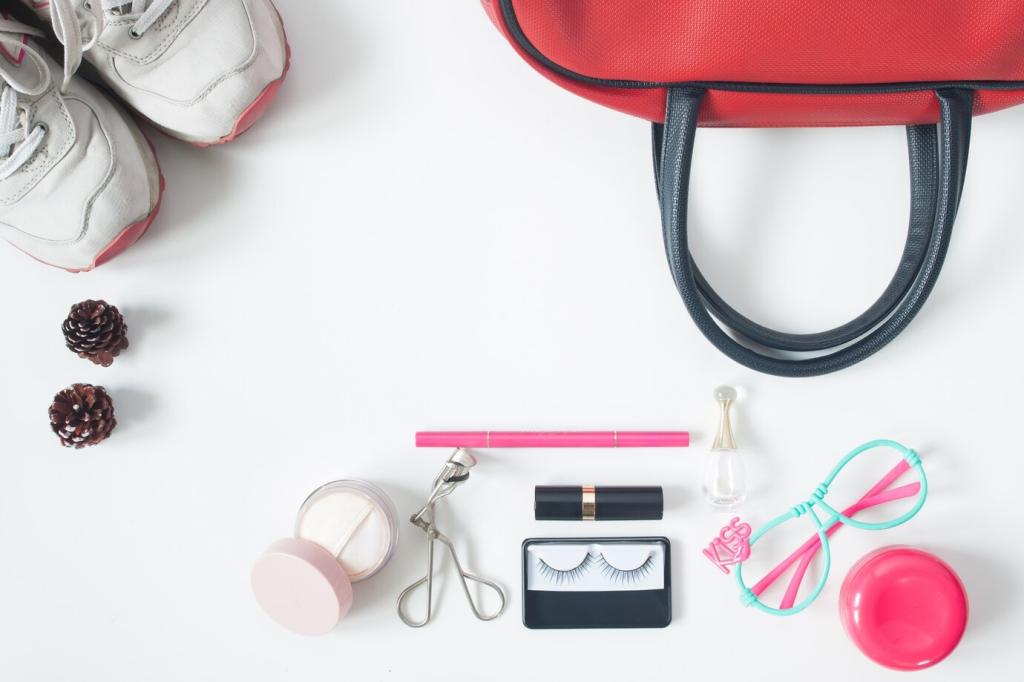Breathe Better on a Budget
Chosen theme: Entry-Level Air Purifiers That Won’t Break the Bank. Welcome to a practical, hopeful guide for first-time buyers who want cleaner air without overspending. Stick with us for friendly tips, real stories, and smart choices you can make today.
What Entry-Level Really Delivers
If a purifier is truly budget-friendly and effective, it will clearly state HEPA or H13 filtration, not just “HEPA-type.” True HEPA captures extremely small particles, including pollen, dust, and smoke. When in doubt, ask the manufacturer for specifications, and tell us what you find so other readers can learn too.
Clean Air Delivery Rate helps match an entry-level unit to your space. For small bedrooms or home offices, aim for a CADR aligned with your room’s size and needs. If you’re unsure, drop your room dimensions in the comments and we’ll help you calculate smarter coverage options together.
Budget purifiers often run quietly on low settings, which is great for sleeping and studying. Check decibels and wattage to avoid surprises, especially if you plan 24/7 operation. Share your noise and energy impressions after a week of use, and help future readers pick confidently.



Real Stories from First-Time Buyers
Jasmine brought an inexpensive purifier to her tiny dorm, expecting little. Two days later, she noticed less dust on her desk and easier morning breathing. She now runs it on low during study sessions and recommends fellow students try the same. Have a dorm or studio tip? Share it.
Real Stories from First-Time Buyers
After adopting a rescue cat, Daniel bought an entry-level unit with a washable prefilter. Vacuuming plus continuous low-speed filtration turned sneezy afternoons into calm evenings. He cleans the prefilter every two weeks, saving on replacements. Pet owners, tell us your routine and which tricks stretch your filter budget.
Stretching Your Filter Budget
Plan Replacements Without Guesswork
Many entry-level purifiers suggest filter changes every 6–12 months, but your environment matters. Track runtime, dust levels, and odors to decide earlier or later. Keep a simple log in your phone, and post your timelines below so newcomers can benchmark their own schedules confidently.


DIY Prefilter Tricks
A washable or vacuumable prefilter catches larger debris and extends the life of your main HEPA filter. Rinse gently, dry completely, and reinstall carefully. Consider adding a thin, breathable fabric layer if recommended by the manufacturer. Share your maintenance hacks to help others save money safely.
Cutting Through Marketing Hype
Avoid Ozone and Gimmicks
Some inexpensive devices rely on ionization or produce ozone, which is not ideal for indoor health. Look for clear statements like “ozone-free” and certifications that confirm safety. If a feature sounds too magical, it probably is. Tell us which claims confuse you, and we’ll investigate together.
Certifications That Matter
Seek evidence such as independent lab testing, clear HEPA ratings, and regional safety approvals. Models listed by reputable programs or compliant with recognized standards inspire confidence. Drop links to any certifications you find, and we’ll help interpret them for entry-level shoppers who want reliable value.
Nice-to-Have vs. Need-to-Have
App controls and extra sensors are convenient, but a solid filter, appropriate CADR, and quiet operation matter more on a budget. Prioritize core performance over flashy features. Share which extras truly helped you, so we can build a community-driven checklist for first-time buyers.
Place the unit where you actually spend time—near your bed, desk, or couch—leaving space around the intake and outlet. Avoid blocking it with curtains or furniture. Try moving it weekly and report which spots improved air freshness fastest in your specific room setup.
Placement and Daily Use for Maximum Impact
During pollen or smoke days, close windows, run the purifier on higher speed for a short boost, then maintain on low. In winter, freshen with brief ventilation, then filter steadily. Share your regional seasonal routine to help readers in similar climates optimize their entry-level systems.
Placement and Daily Use for Maximum Impact
The Real Cost to Run One
A modest 30-watt purifier running all day uses about 0.72 kWh daily. Multiply by your utility rate to estimate monthly cost. Many readers report the trade-off is worth it for cleaner air and less dusting. Share your numbers to help newcomers set realistic expectations.
